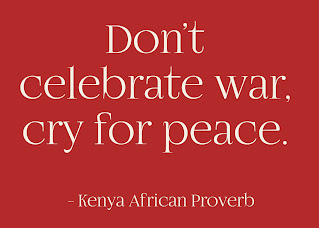Cassava Leaves, Sweet Potato Leaves, and Cocoyam Recipes

Three African Food Recipes Using Cassava Leaves, Sweet Potato Leaves, and Cocoyams. African staple foods that can make if you know how to cook cassavas, sweet potatoes, and cocoyams. Carrying cassava home for dinner tonight About popular African food ingredients cassava, sweet potato, and cocoyam toxins and safe African food recipes. Make three easy African food recipes of Curry Cassava Leaves, Saute Sweet Potato Leaves, and Cocoyam Vegetable Soup. African Food Staple of Cassava Cassava is known by various names, manioc, yucca, yuca, mandioca, and tapioca. Cassava originated from tropical America and was first introduced into Africa in the Congo Basin by the Portuguese around 1558. Cassava is a major staple food in the developing world, providing a basic diet for over half a billion people. Nigeria is the world's largest producer of cassava, while Thailand is the largest exporter of dried cassava. Nearly every person in Africa eats around 176 pounds or 80 kilograms of
 Since 2007
Since 2007




